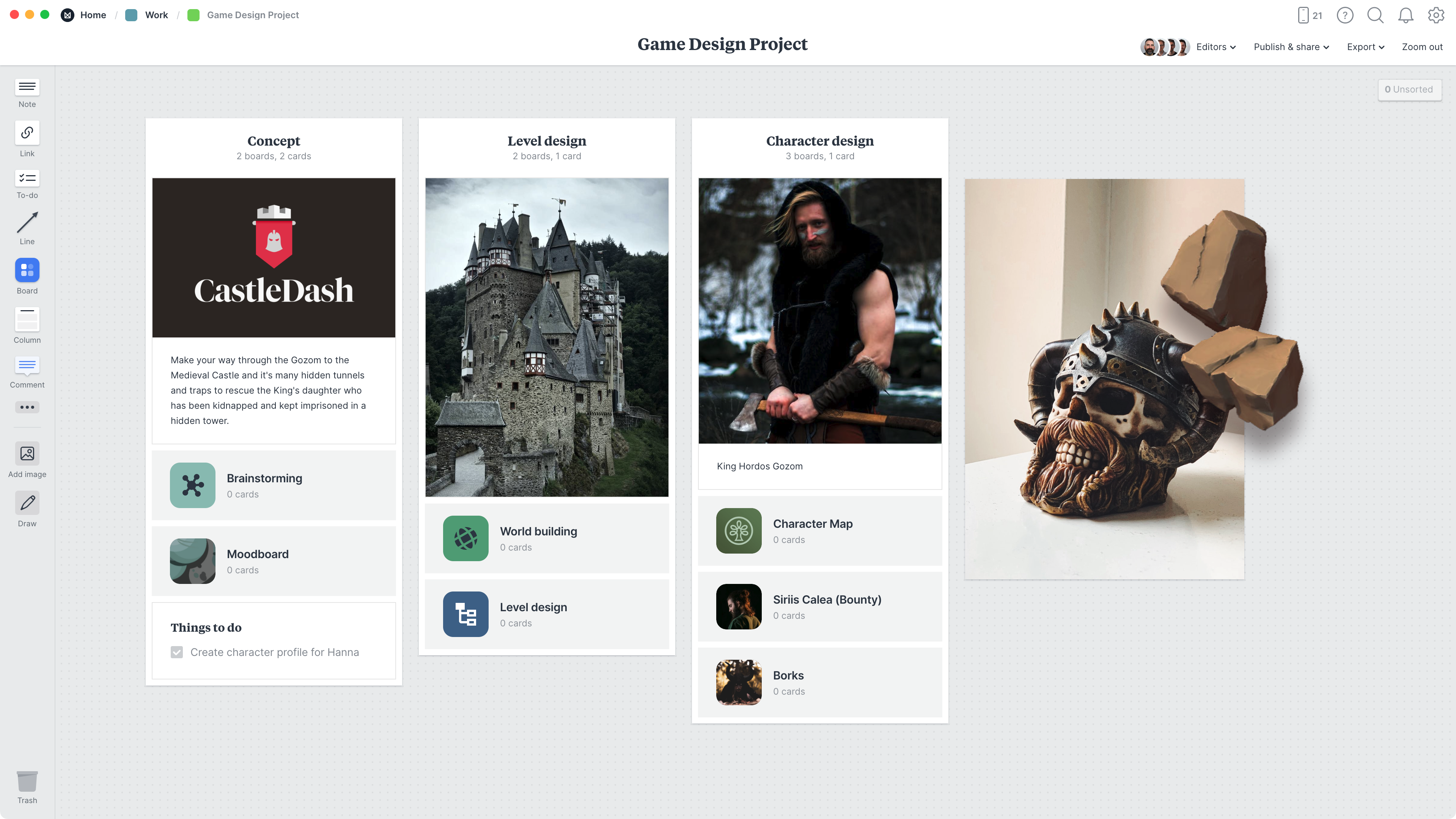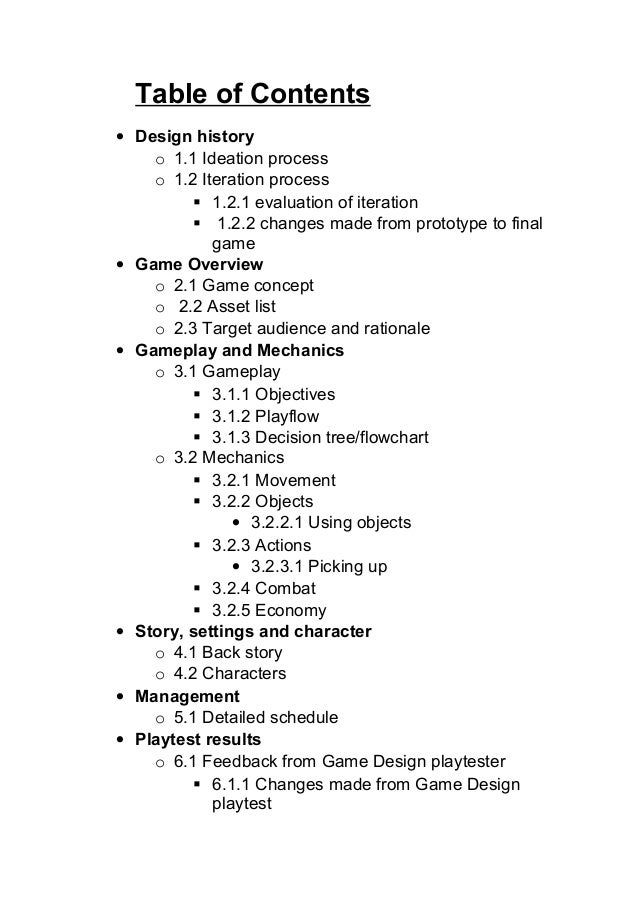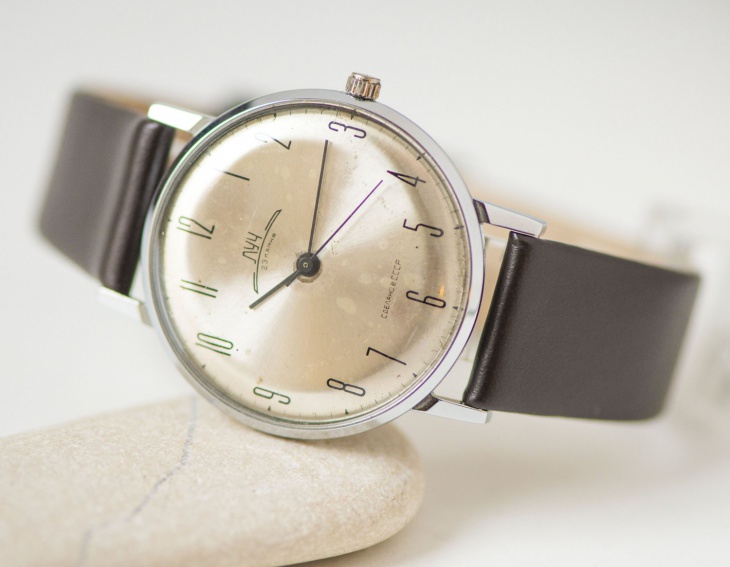
The important thing is that, whatever you do choose, it should be as easy as possible to understand. To avoid your page from becoming multiple pages in one place, it’s important to choose what the main focus will be. Typically, there are two elements that are common to many one-page designs. Sometimes using real paper, drawing a quick sketch, and then cutting it up and moving it around until it looks right can be the quickest and easiest way to get the results you want. There are a lot of ways you could do this but don’t assume that a digital method is going to be the most convenient.

Page 4: Mechanics
This seems obvious, but meeting and collaborating with others will only make it easier for you to design games and projects further. It isn’t always an idea that comes up at the beginning of the game’s development, that’s for sure. It’s a document that should be thorough enough and specific enough to let a team of people build a cohesive, consistent game. It is the kind of document that will inform every decision your team makes.
Key sections in a GDD
Game design documents have been an industry standard for a long time. More recently, arguments against the game design document have begun to surface. You might choose to use your game design document as the place to refine and share the story and the style of your game. A GDD brings together important information needed by all members of a development team into one place. Having dozens of documents spread throughout multiple folders, even when done neatly, can become difficult to track.
The Purpose of a GDD
You can find examples of game design documents at the end of the article. These tools are just a starting point for the development process, ensuring a solid foundation for the final product. Details about the platforms on which the game will be available are also important to include as this information can have implications for design, development, and marketing strategies. Reference examples are included to provide the development team with a comprehensive understanding of the game’s style, gameplay, and mechanics, and to establish a standard for quality and design decisions. The GDD offers a clear and comprehensive overview of the game’s design and development, ensuring that all team members share a common understanding of the game’s vision, mechanics, and goals.
These can be considered a starting point in assessing your game's level of accessibility, and can help point you in the right direction when considering how to make your game more accessible. At the time of publishing this guide, I've not yet seen any GDD article, guide, or template that explicitly calls out accessibility. With many studios seeing accessibility as a "tax" to pay at the end of production, this is honestly no surprise.
What Are the Benefits of Preparing a GDD?
In this post, I’ll show you a much more efficient and practical way to put together a game design document that’s actually functional. I will also provide you with usable templates and a list of full game design document examples from famous games. Let’s talk about what place game design documents (GDDs) occupy today. Let’s have a deep dive into the origins of game design documents, why we still use GDDs and how to write a game design document.
Add visual references
This is the equivalent of making a business plan (with financial projections, business model, and etc.) for a tech startup who needs to constantly iterate and pivot. You should create all of your documentation with these goals in mind. You need to understand that in the end of the day, game design is a maker’s craft, which means studios want to see what you’ve made, so they understand how do you make your design decisions. If you have ideas that you are not sure if they should go in the game or not, just add them here so you don’t forget them. It’s good to add this information to a separate section so you don’t have to guess while reading through the whole GDD. Having introduced the characters, it’s a good time to talk about the events that will happen throughout the game.
How to Write a Game Design Document (GDD)

Or, as another example, if your game absolutely relies on the color "blue" to denote meaning, people with a form of color blindness will likely miss out on information or gameplay elements. This section of your GDD should outline the various ways you're anticipating the needs of players with disabilities affecting motility, vision, hearing, and cognition; as well as traumas, triggers, and phobias. Finally, you should clearly outline your game's Unique Selling Point (USP), even if your game is free. A USP is simply a clear definition about what makes your game special enough to learn more about. As your game develops, you'll want to celebrate and put a spotlight on your USP with marketing and community efforts.
It doesn’t have to be exact or include everything, but it can be a quick way for stakeholders to refer back to the plan and ensure everyone stays aligned. If your game is light on story then you can leave this section out or give a brief overview of the overall plot of the game. If your game is more narrative-driven you’ll want to give a synopsis and outline of the overall story that highlights key plot points. You can also discuss branching strategies and what level of impact the player will have on the story. Describe the main characters, types of characters, how they relate to each other and the overall story.
Everything I learned about game design last year I learned from Dead by Daylight - Eurogamer.net
Everything I learned about game design last year I learned from Dead by Daylight.
Posted: Sat, 27 Jan 2018 08:00:00 GMT [source]
The reasoning for this comes from the very relatable idea that fixing issues is cheaper the earlier you encounter them in production. This section provides a comprehensive guide for integrating the level and guarantees alignment with the game’s narrative and visual design. "Game design docs are very alive documents," explained Rodolfo Rubens, a Nuclino user and indie game developer at York Game Studio. You can connect Nuclino to a wide range of other tools, including Discord, Google Drive, Miro, and more, seamlessly integrating it into your game design process. There are lots of fantastic sites where you can find great visual inspiration for free, like Dribbble, Pinterest, or Google Images.
It complements the game design document, which is a cornerstone in defining the artistic and technical requirements of your game. The game design document, with its detailed descriptions and specifications, acts as a guide to identify the exact skills and expertise needed for your project. Within the game design document, it's also essential to clearly define the roles and responsibilities of the production team.
These can include player experience goals, sales goals, who you hope to reach with your game, or what you hope to accomplish in the larger world of art, education, or entertainment. Depending on the scope of your game development project, your design document may end up being very brief or fairly long and complex. Now that you understand the necessity of a GDD to ensure your project’s success, let’s find out how to write a game design document. A conceptual Game Design Document (GDD) is ideally created before a pitch, which outlines the complete game development process.
Top 8 Front End Languages - A Beginner's Guide - Simplilearn
Top 8 Front End Languages - A Beginner's Guide.
Posted: Thu, 27 Jul 2023 07:00:00 GMT [source]
This is also where you should go through all of the progress so far. Make sure to communicate your ideas about how things are going thus far. You can even add some milestones for you and the team to complete to get an idea or roadmap of the project better. After creating lore (if you so choose), you need to focus on the actual, physical levels.
This section should introduce and explain the general flow of your game. Start with a core game loop diagram with brief descriptions explaining each of the features and demonstrating how the player will interact with the game. It can be helpful to include a game screen mock-up to support your ideas. The more your team is involved in the game design process the closer they'll feel to the game and the better the final product will be. Unless you are an indie game developer working solo, collaboration with your team and making sure everyone is on the same page is critical. Instead of trying to control the design process by giving your teammates selective access to your GDD, keep it as open as possible and work to discover and solve issues together.

No comments:
Post a Comment